Schloss Charlottenburg, Berlin
Schloss Charlottenburg is a lovely place to spend a half day during a trip to Berlin. Visitors can enjoy tranquil surroundings while admiring the art, homes, gardens and mausoleums of the Prussian nobility.
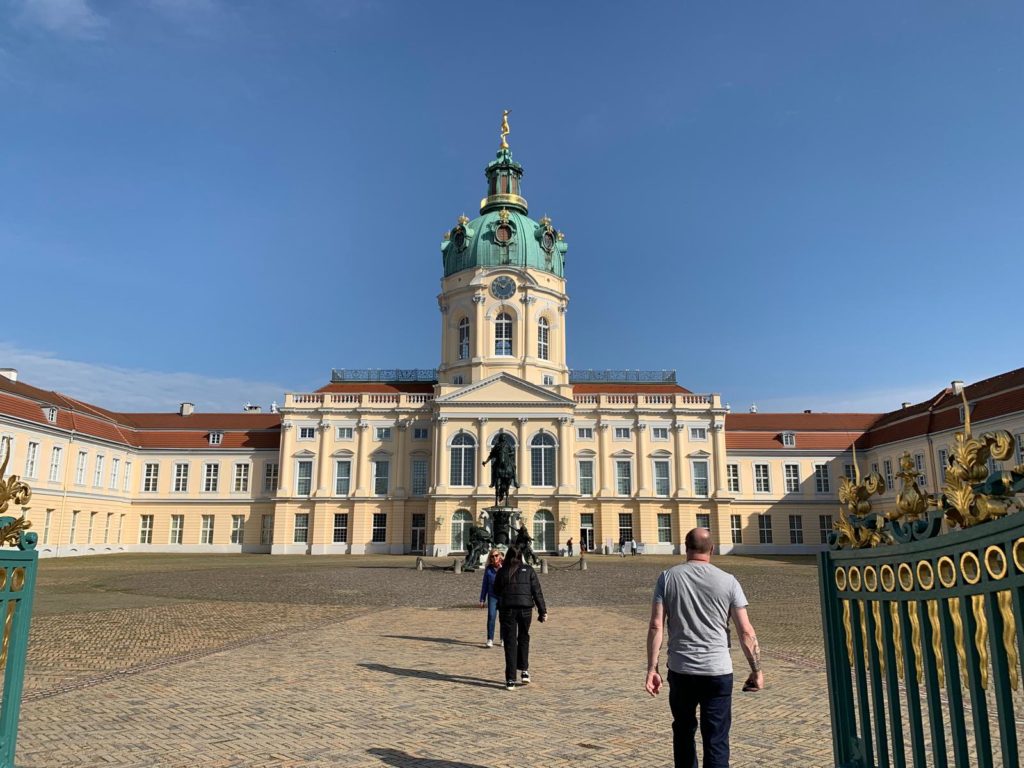
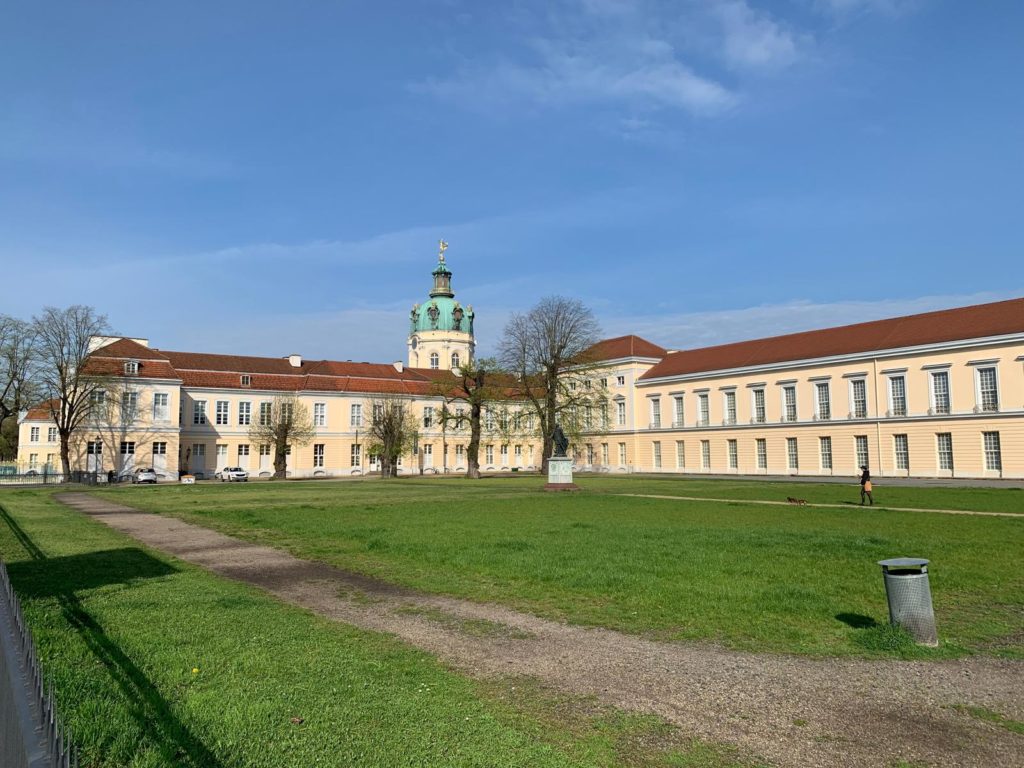
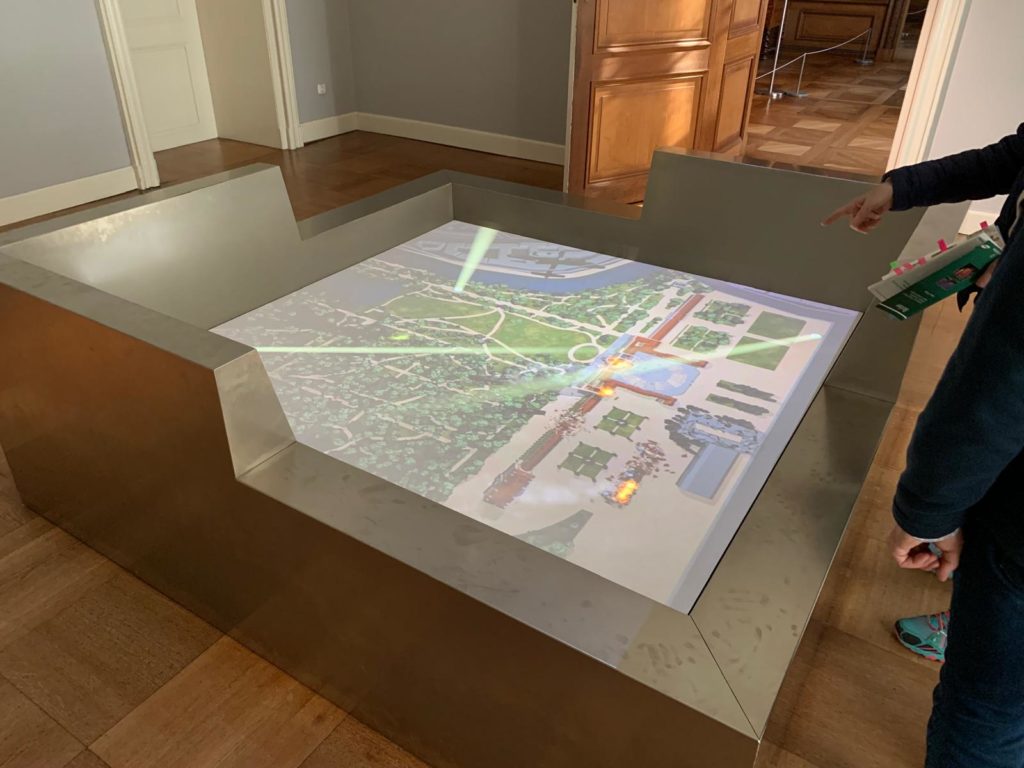
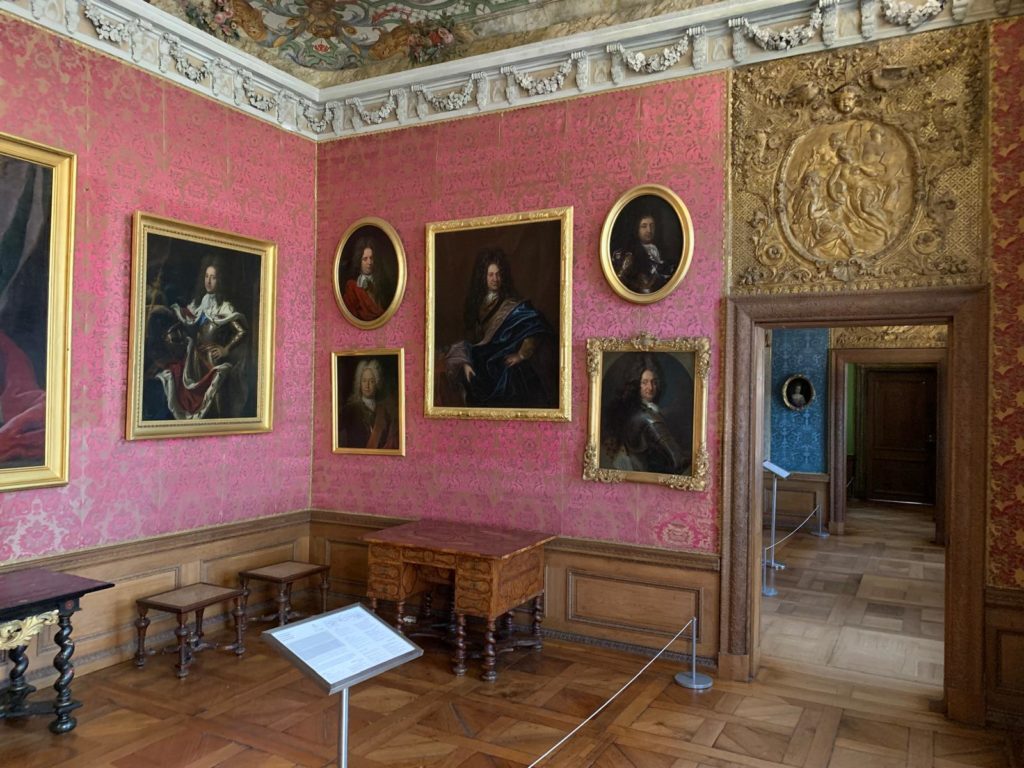
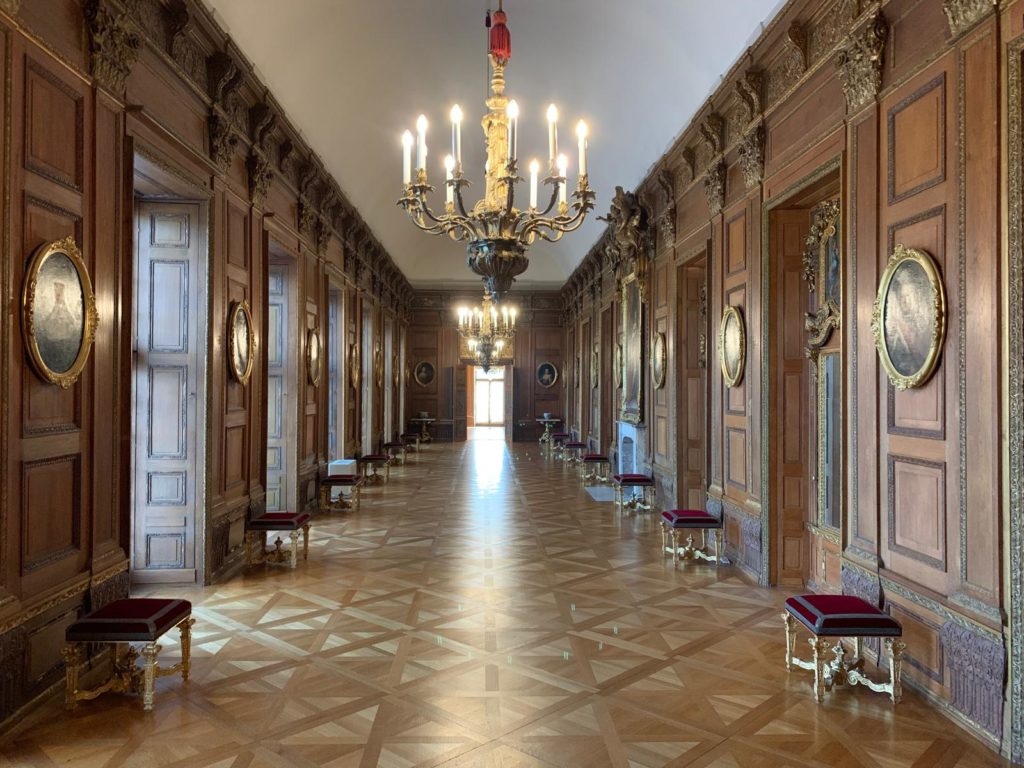
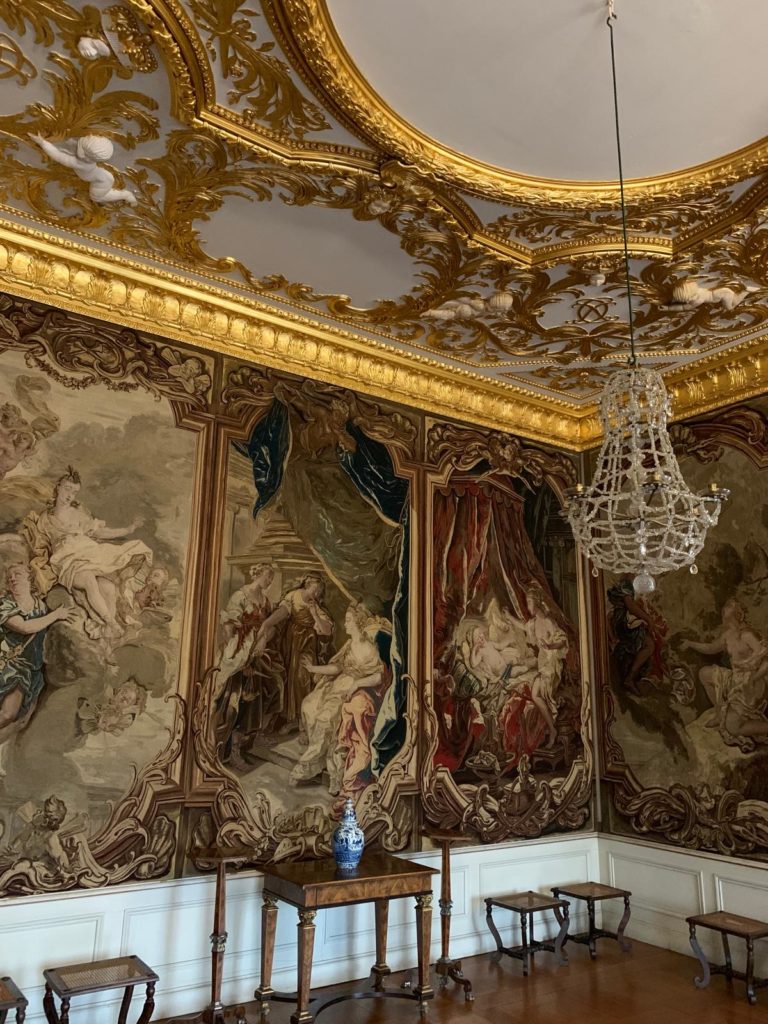
A Visit to a Prussian Palace
As I relayed to you in my last post, my recent trip to Berlin was my second. My first is so long ago that it was a study trip and our days were packed with appointments and scheduled activities. For my second, a long weekend before a conference, I was able to make my own agenda. But what to pick in a place with so much to offer?
Well one thing which was on my list was a visit to one or the other of Berlin’s Prussian palaces. OK there are way more than two (why did they need so many?!) but I was aware of two. Schloss Charlottenburg close to central Berlin, and Sanssouci a little further out in Potsdam. As you can tell by the existence of this post, I chose Charlottenburg in the end.
Why a Prussian palace? If I’m honest, it was partly the weather. I visited Berlin a while ago now, in early spring, but lucked out with a very warm weekend. And so a nice wander in beautiful gardens was tempting. I also somehow find that palaces are a good place for a solo trip. There’s plenty to see and do, but at the same time since it’s just you, you can skip the bits you’re not interested in.
I was also staying on the right side of Berlin for Charlottenburg, near the Tiergarten. So I could stroll along a canal and the River Spree most of the way there (a boat trip is another nice way to make a day of it – like going down the Thames to Hampton Court Palace). Plus I sometimes get fixated on particular artworks or collections I want to see, and Schloss Charlottenburg has some great Watteaus I’d set my eye on.
So off to Charlottenburg I went.
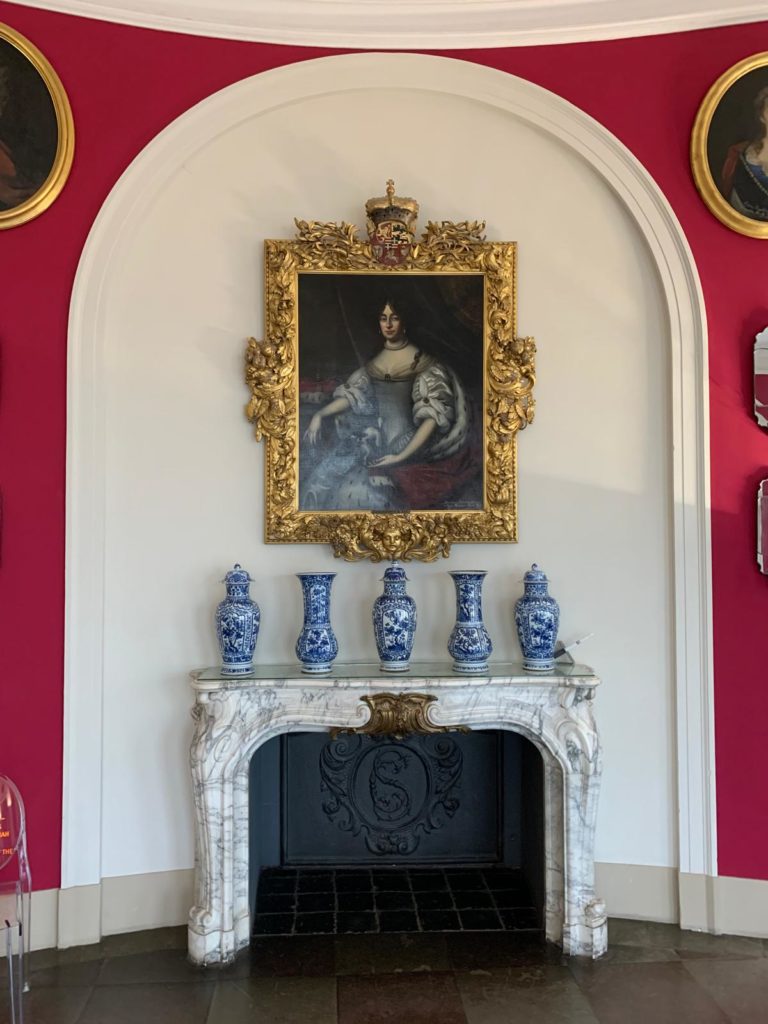
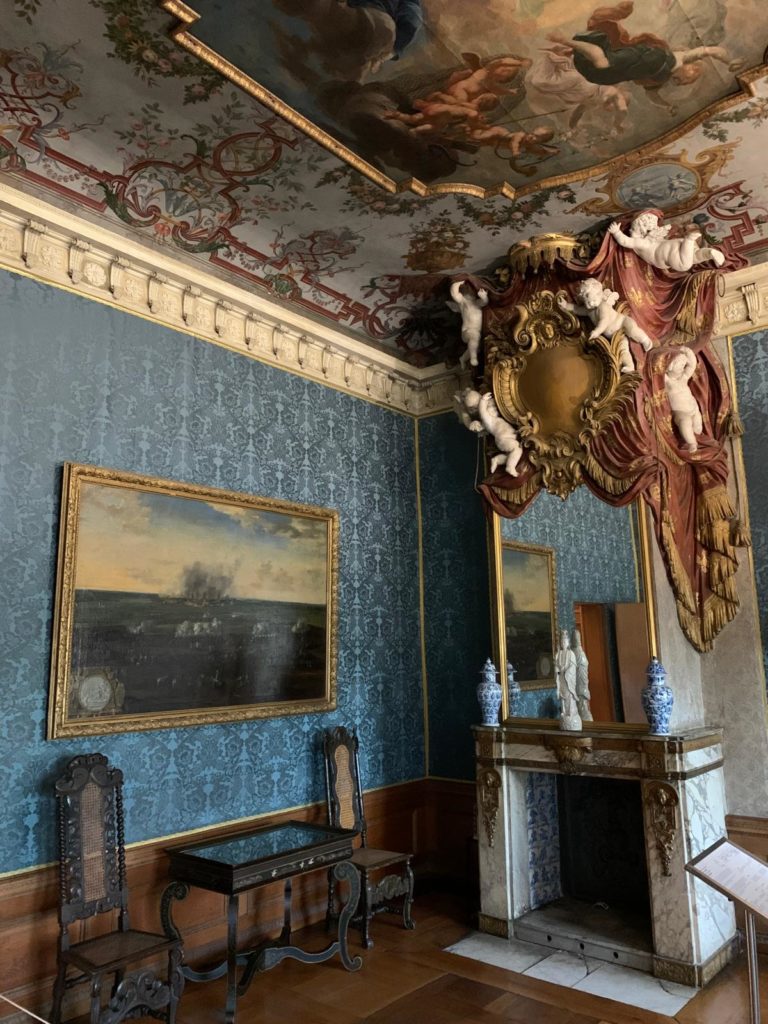
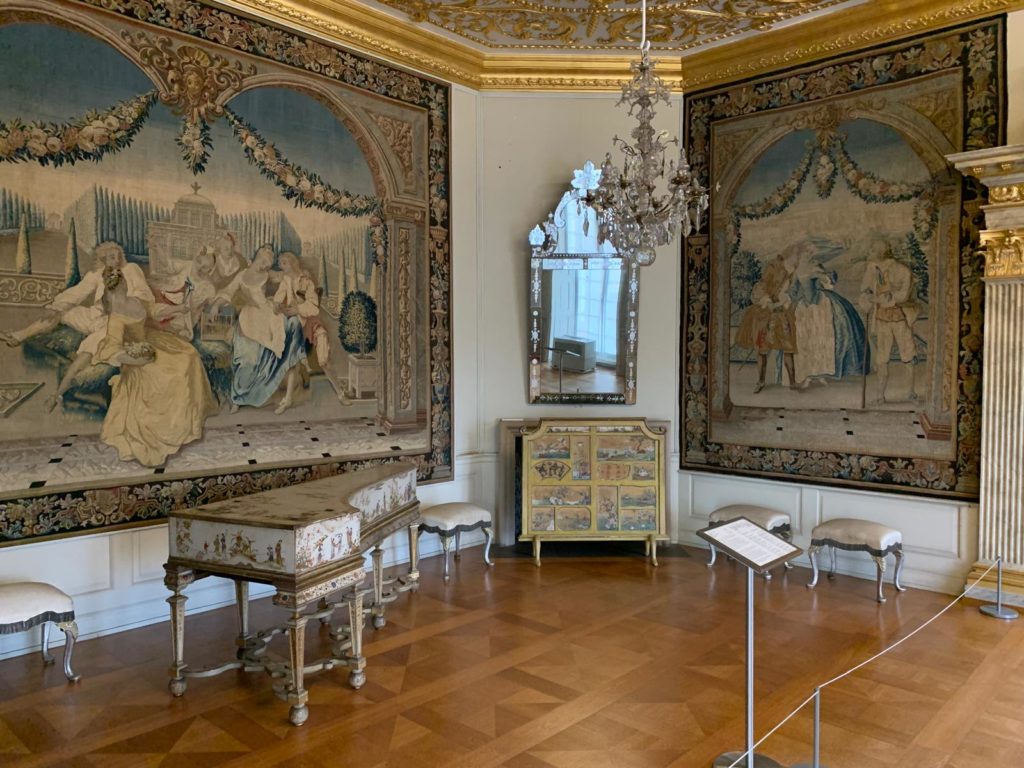
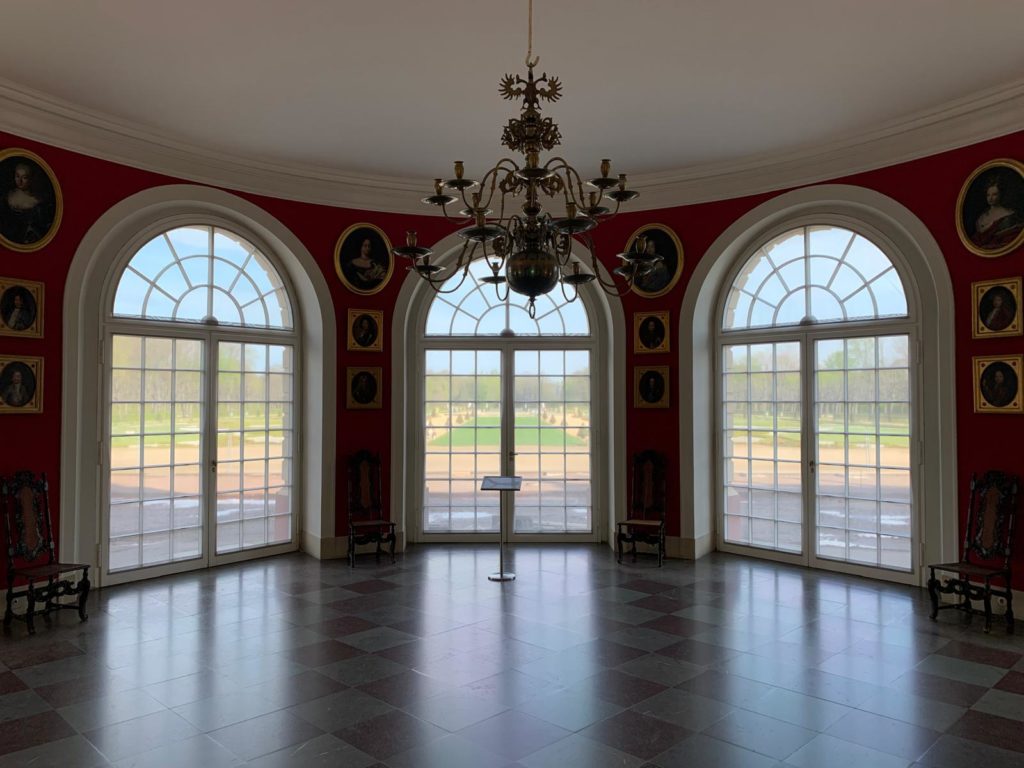
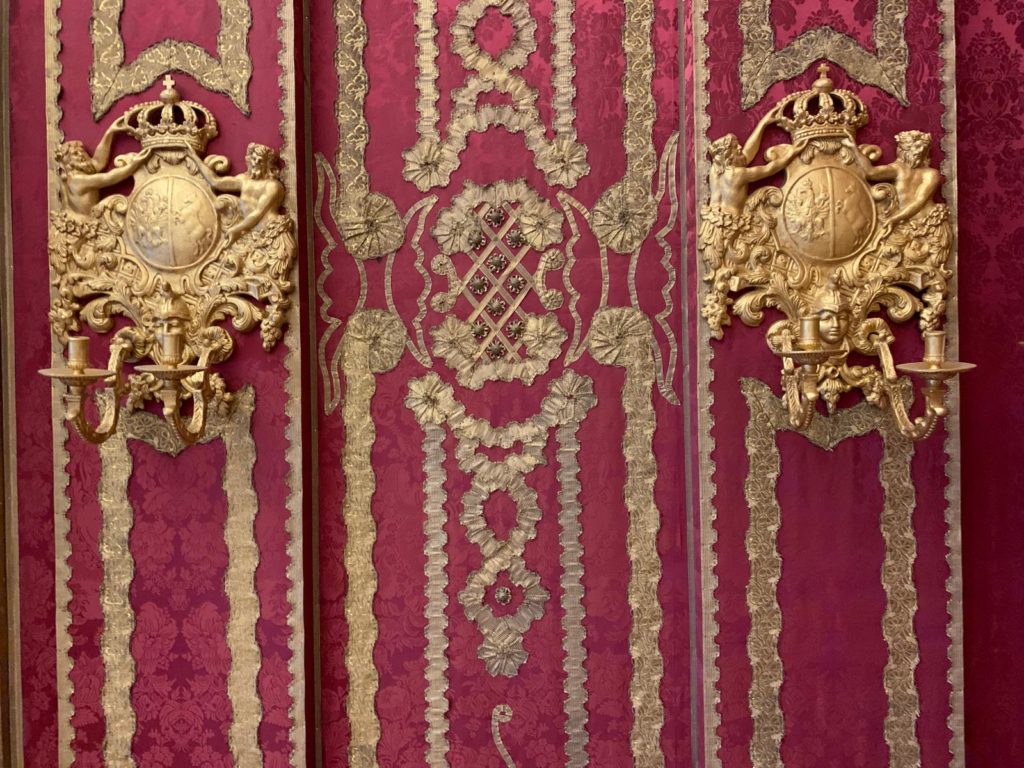
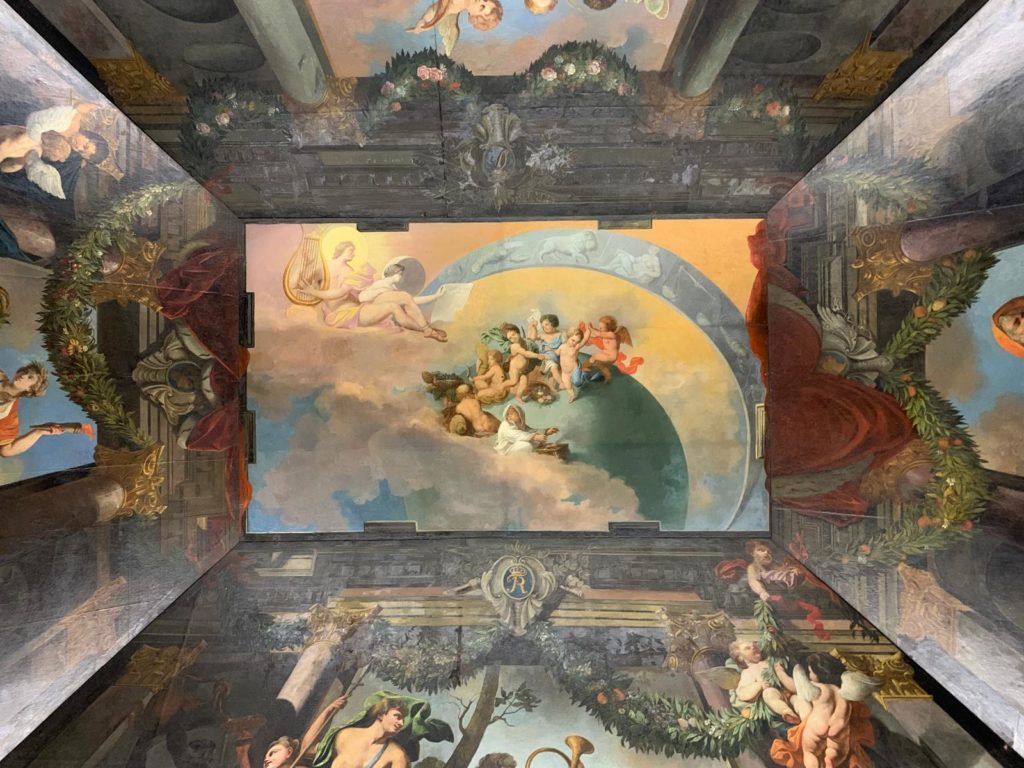
Schloss Charlottenburg: a Brief History
Schloss Charlottenburg is in, well, Charlottenburg. Now this is not very far from central Berlin, but once upon a time it was a separate town and a nice rural retreat for the Prussian nobility. Or pre-Prussian nobility, actually. What I mean to say is that Schloss Charlottenburg was built by Sophie Charlotte, the wife of Friedrich III, Elector of Brandenburg. At the time, the village it stood in was called Lietzow. But Brandenburg later became Prussia/part of Prussia, and I think you can guess where Charlottenburg took its name from.
What was then Lietzenburg had its official opening on 11 July 1699, Friedrich’s 42nd birthday. Just two years later he crowned himself Friedrich I of Prussia, and so the palace too became Prussian, I suppose. The palace was greatly expanded in the 18th century. This makes the predominant architectural styles Baroque and Rococo. Friedrich had sent his architect, Johann Friedrich von Eosander, to Italy and France to study the latest trends and so it was very fashionable. Prominent artists painted its interiors, and the palace had all mod cons including an orangery to put delicate plants in the winter. Lietzenburg changed its name to Charlottenburg after Sophie Charlotte died in 1705.
Subsequent generations of Prussian rulers made their mark in different ways. Some built stables, some focused on internal decoration, some changed the layout for their comfort. It was also Napoleon’s headquarters for a bit after he defeated Prussia. Schloss Charlottenburg suffered heavy bomb damage during WWII, and its future seemed uncertain for a time (the Stadtschloss in East Berlin was in a similar state and was demolished). It was slowly restored, however, and even served as the seat of the President of Germany from 2004-2006.
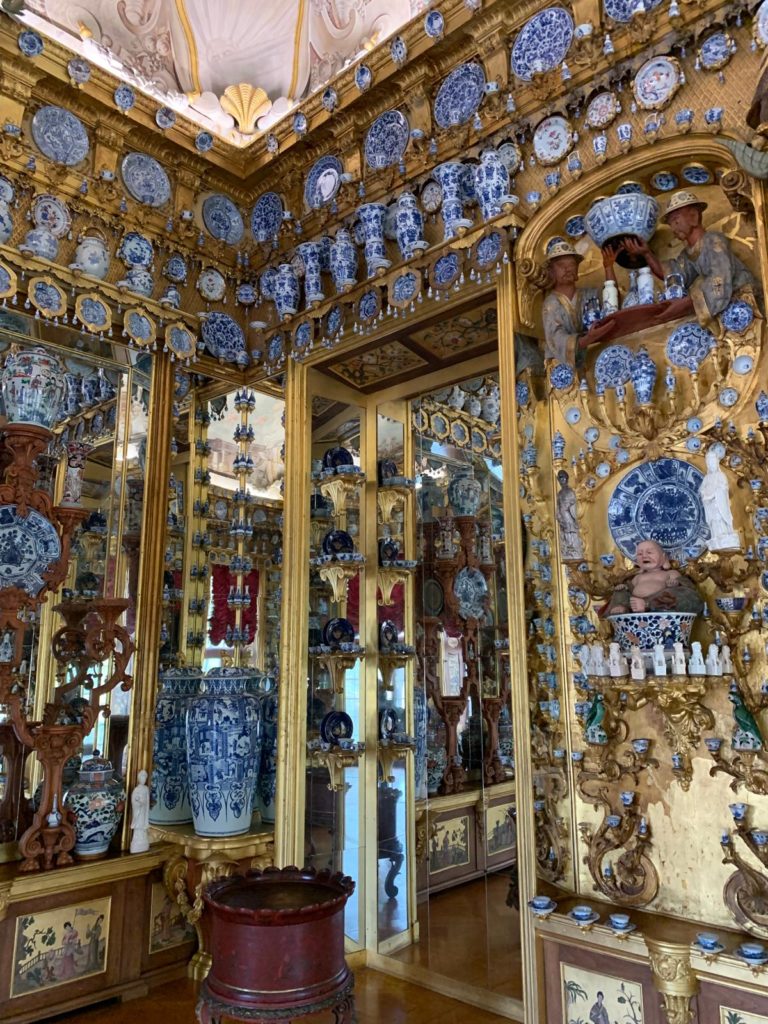
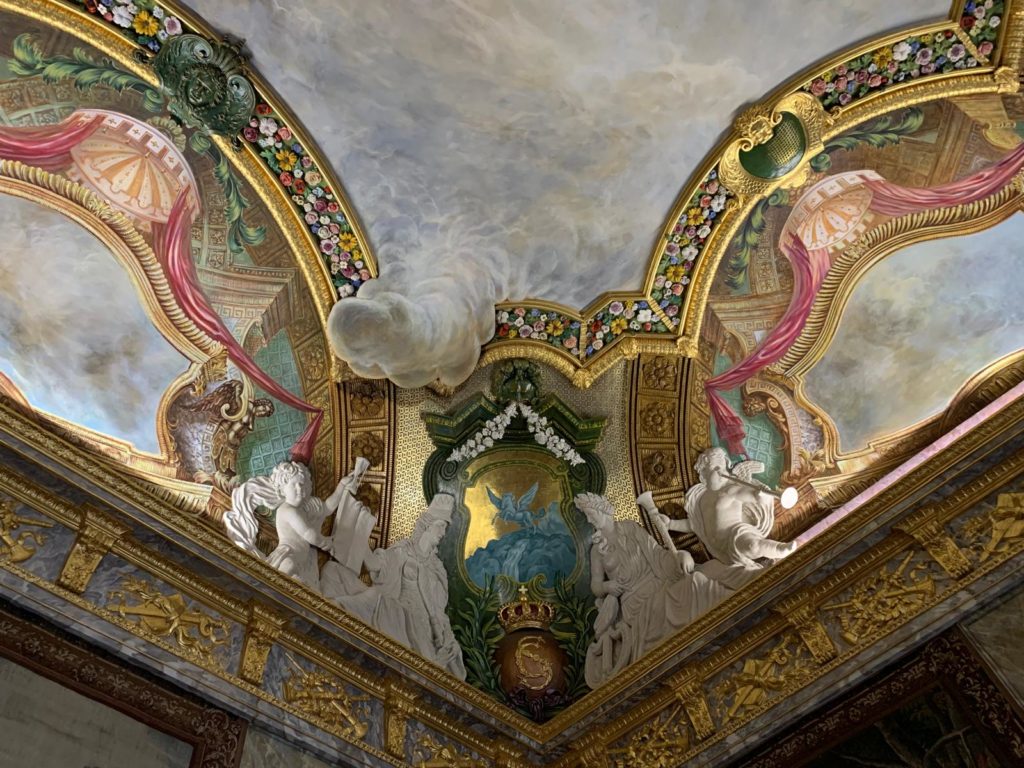
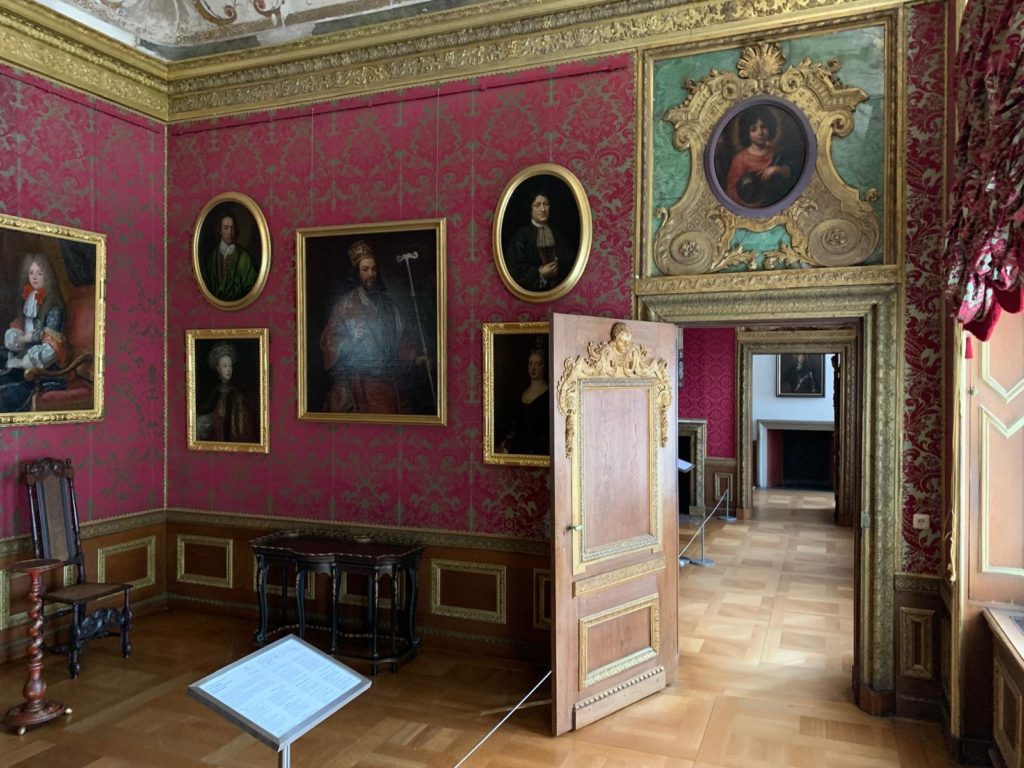
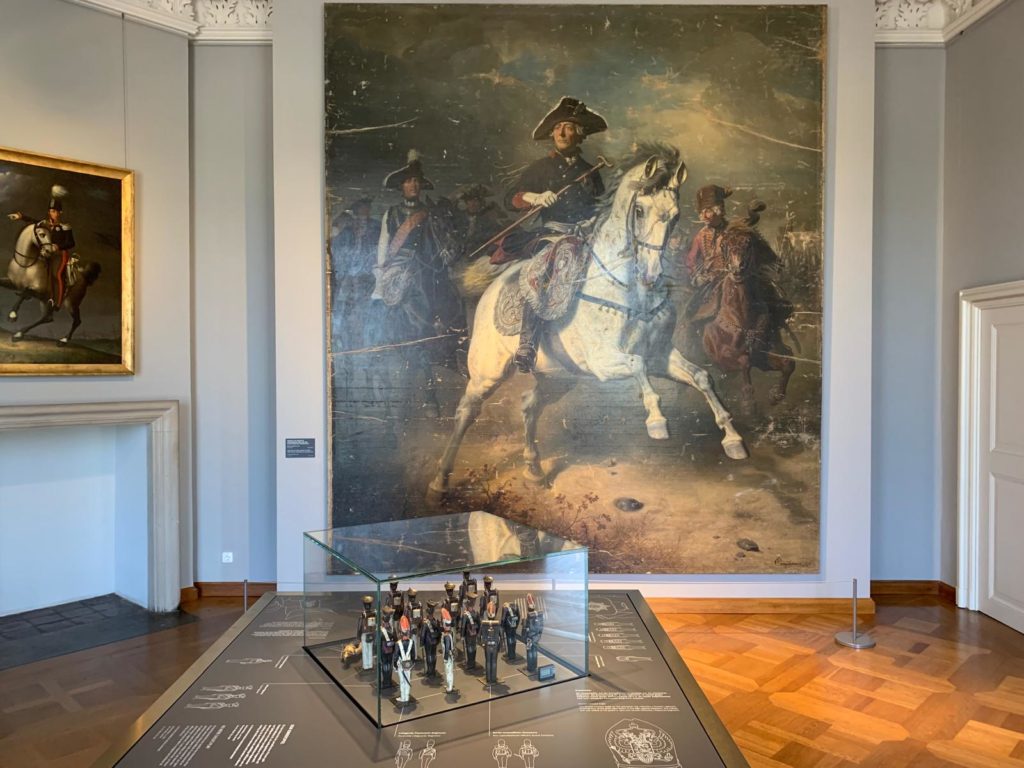
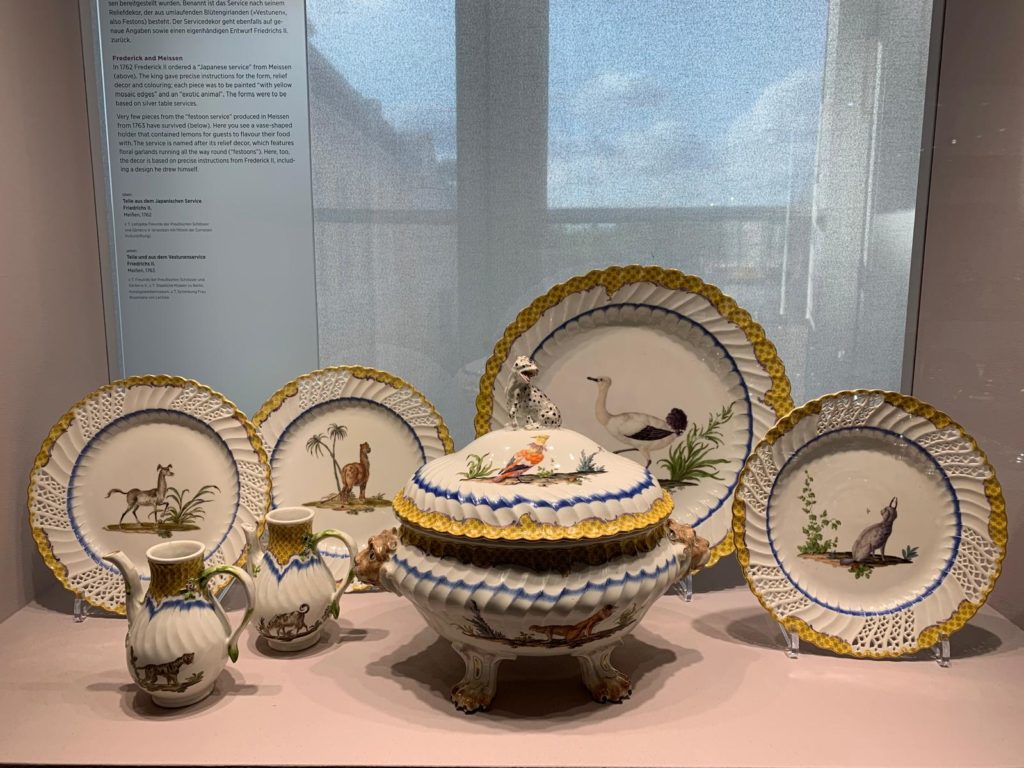
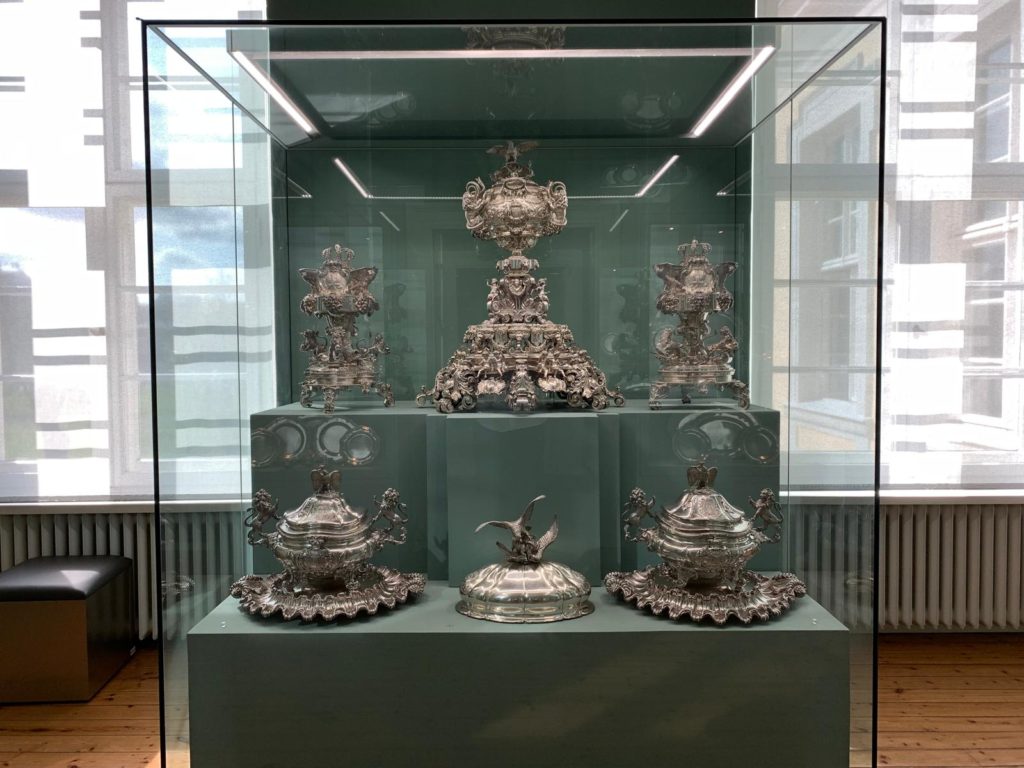
What is There to See and Do?
So far we have learned that Schloss Charlottenburg is a (mostly) Prussian palace with an interesting history, that is accessible from central Berlin. But once you get there, what is there to do?
Well the majority of your time will probably be taken up visiting the palace itself. Apparently it’s one of the biggest palaces in the world, so if you’re a very thorough kind of person maybe plan a full rather than half day. There is the Old Wing: the work of Friedrich III of Brandenburg and I of Prussia. And then there’s the New Wing: the work of his grandson Frederick (Friedrich) the Great, who reigned from 1740. If you love the Rococo period then this wing is for you. Frederick the Great also amassed what is still one of the best collections of 18th century French paintings anywhere. Yes, including those Watteaus I was talking about.
But there’s lots more besides the palace, so let me run through the rest quickly:
- The Garden. Now restored to its original Baroque look, and no ticket required to visit. Simeon Godeau was the original designer in 1697: his influence was Versailles. Beyond the formal garden is a large wooded area with a lake. It’s nice for a wander, and you will be wandering through it in order to get to most of the other buildings, namely:
- The Belvedere. I’d never thought to look this up before, but a belvedere is “a summer house or open-sided gallery, typically at rooftop level, commanding a fine view”. This one is a tall, narrow building which normally houses the porcelain collection. However, it’s closed until further notice.
- The Mausoleum. This one is open (from April to October), but with different opening hours than the palace. You can visit for a nominal fee if you don’t have a ticket for the palace. Friedrich Wilhelm III built the mausoleum in the style of a classical temple for his wife Luise, who died young. Christian Daniel Rauch’s sculpture for her tomb is beautiful.
- The New Pavilion. Again has different opening hours. I didn’t stick around for it to open, but it houses temporary exhibitions.
- Charlottenburg Palace Theatre. Added by Friedrich Wilhelm II in 1788. Home to the Käthe-Kollwitz Museum since 2022.
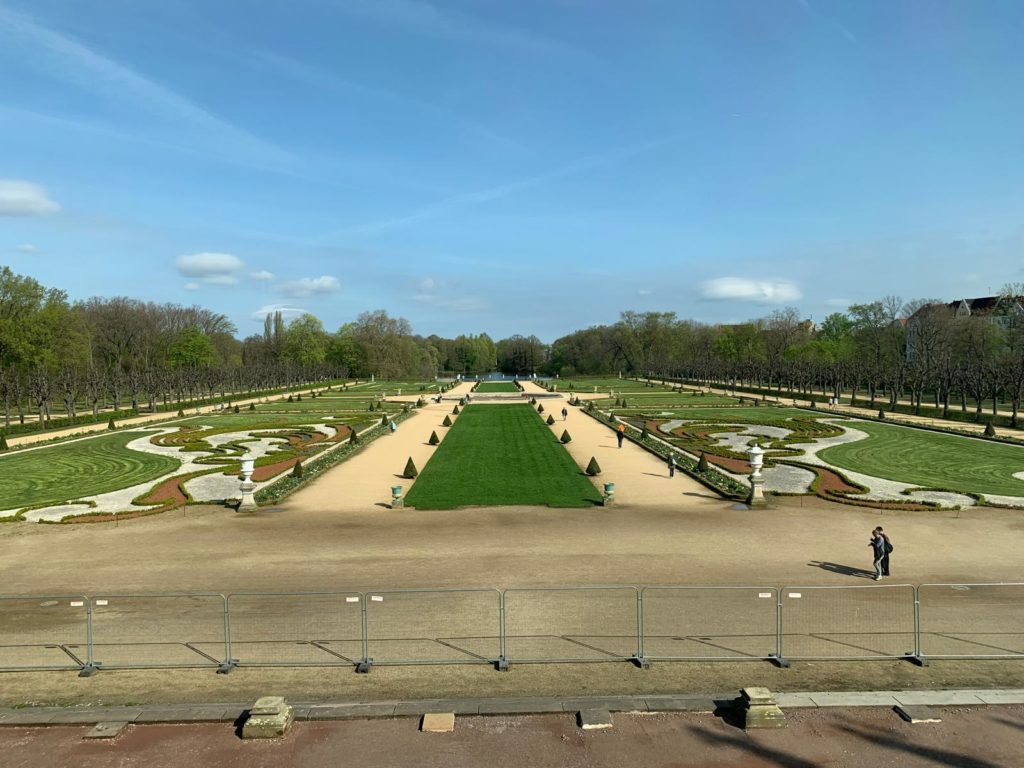
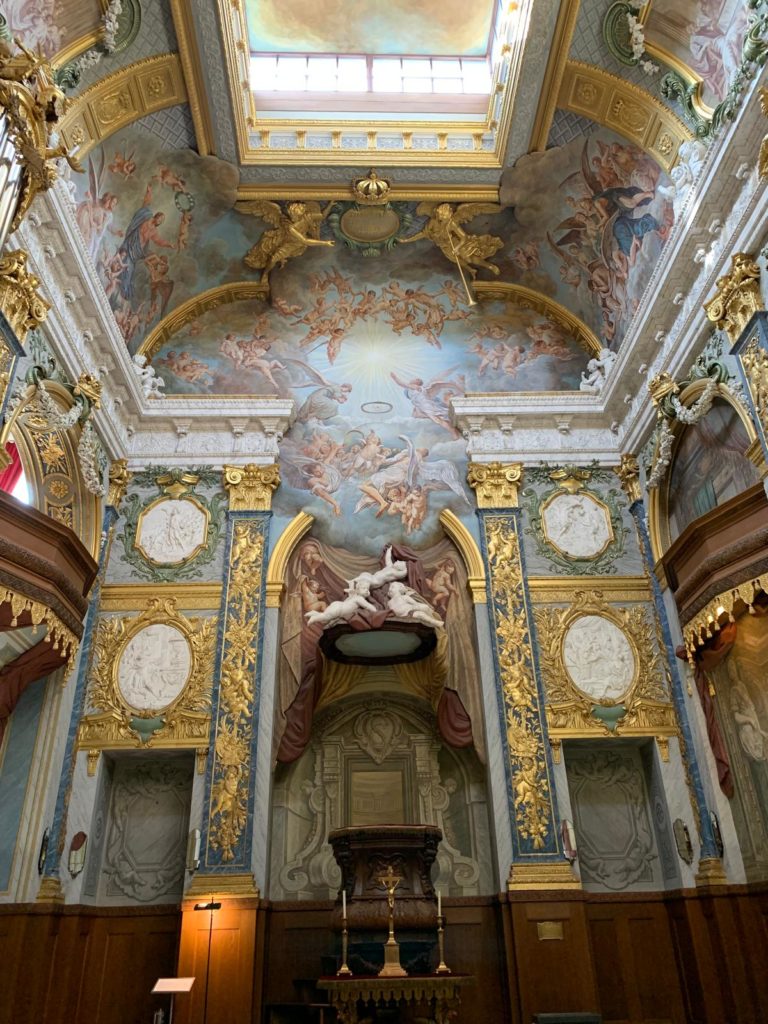
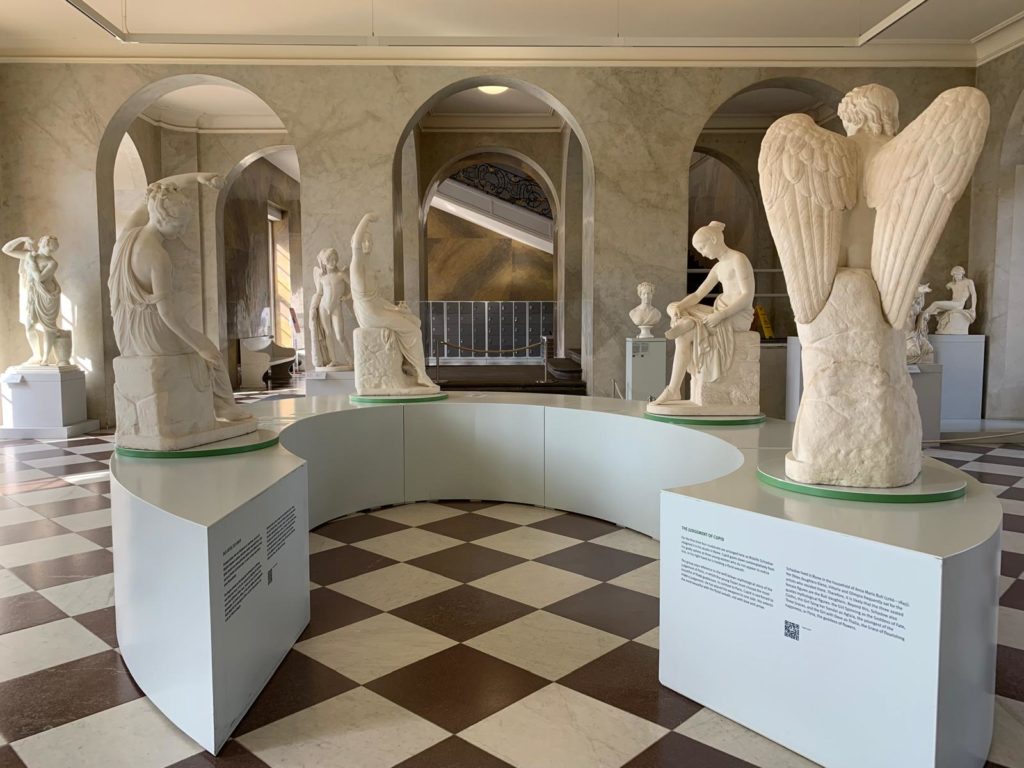
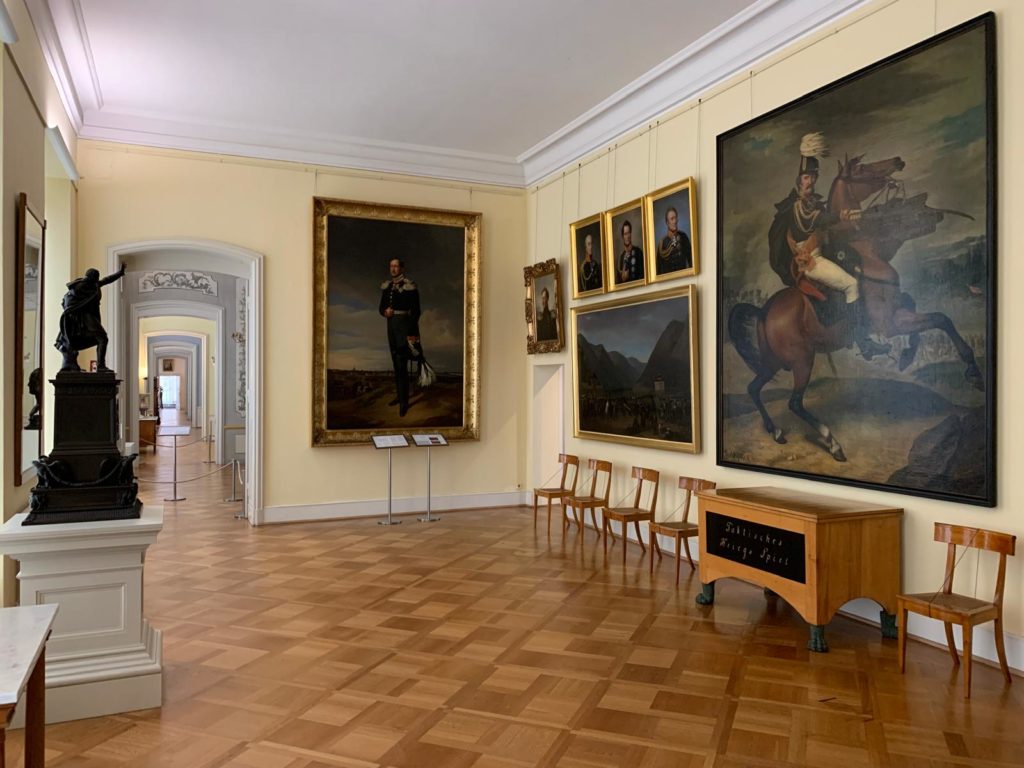
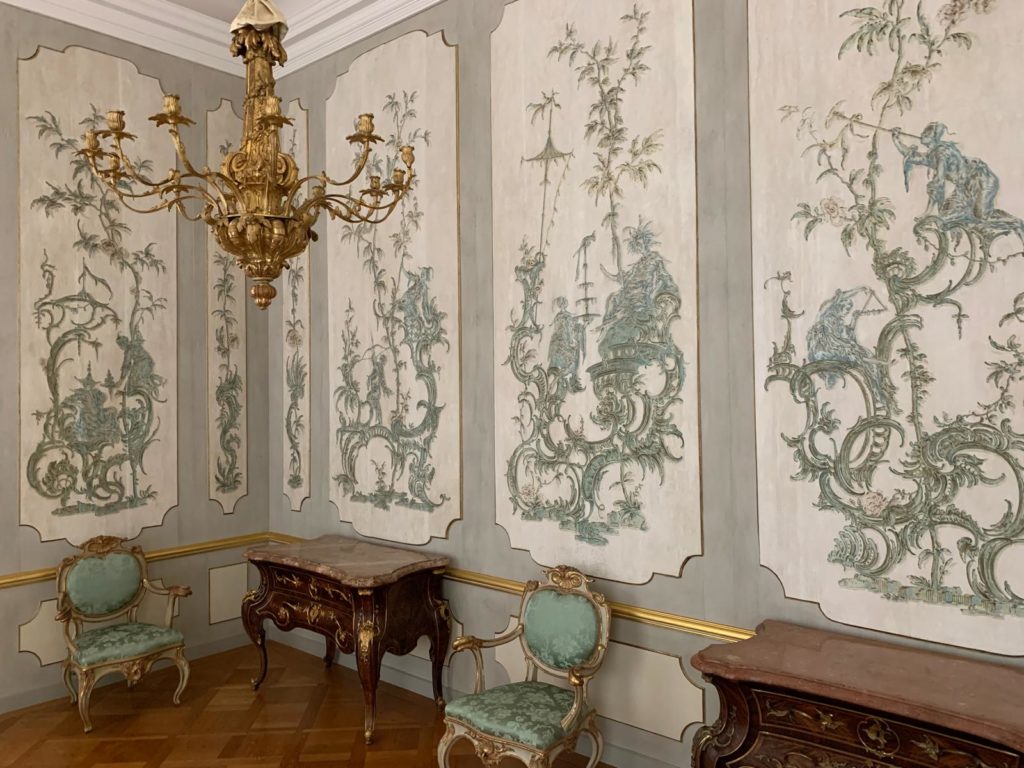
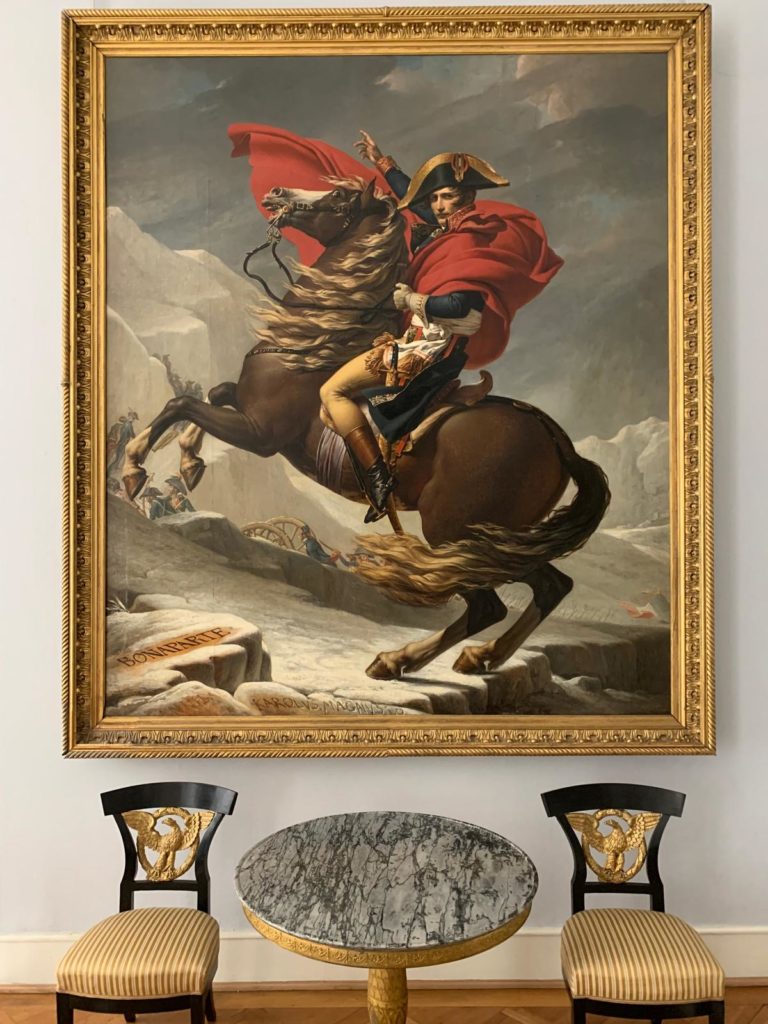
Visiting Schloss Charlottenburg
What about my visit, then? I had timed my walk along the canal and river to be amongst the first visitors of the day, which was rather pleasant. It meant the rooms weren’t too busy, especially because I was moving at a swift pace. I don’t know about you, but I don’t tend to read all the information in palaces and castles (or even large galleries and museums). My philosophy is that there is too much for me to retain it all, so I should focus on the things that interest me. So that was my approach to the palace buildings: taking it all in and finding out more about the rooms or objects that attracted me most.
And, following this philosophy, I wouldn’t say Schloss Charlottenburg was the most interesting palace I’ve been to, but nor was it the most boring. The interiors were suitably palatial: don’t miss the Golden Gallery in the New Wing. Otherwise lots of portraits, lots of tapestries, lots of porcelain. The former royal silver collection – I have to say, not something I find hugely interesting. I did like some of the more Neoclassical/Regency interiors, actually. I could imagine Napoleon feeling at home there. And I liked the little AV display at the start that shows the palace’s development over time: simple yet effective.
In terms of the other features I listed above, I only went around the grounds and to the Mausoleum in the end. The Belvedere wasn’t open, I didn’t want to wait for the afternoon to see the New Pavilion, and I think I’ll visit the Käthe-Kollwitz Museum another time. The Mausoleum was as pleasant as such a place can be. It is cool and quiet, with a few sculptures to admire. I could imagine it as a nice place to contemplate departed loved ones when this was still a royal residence.
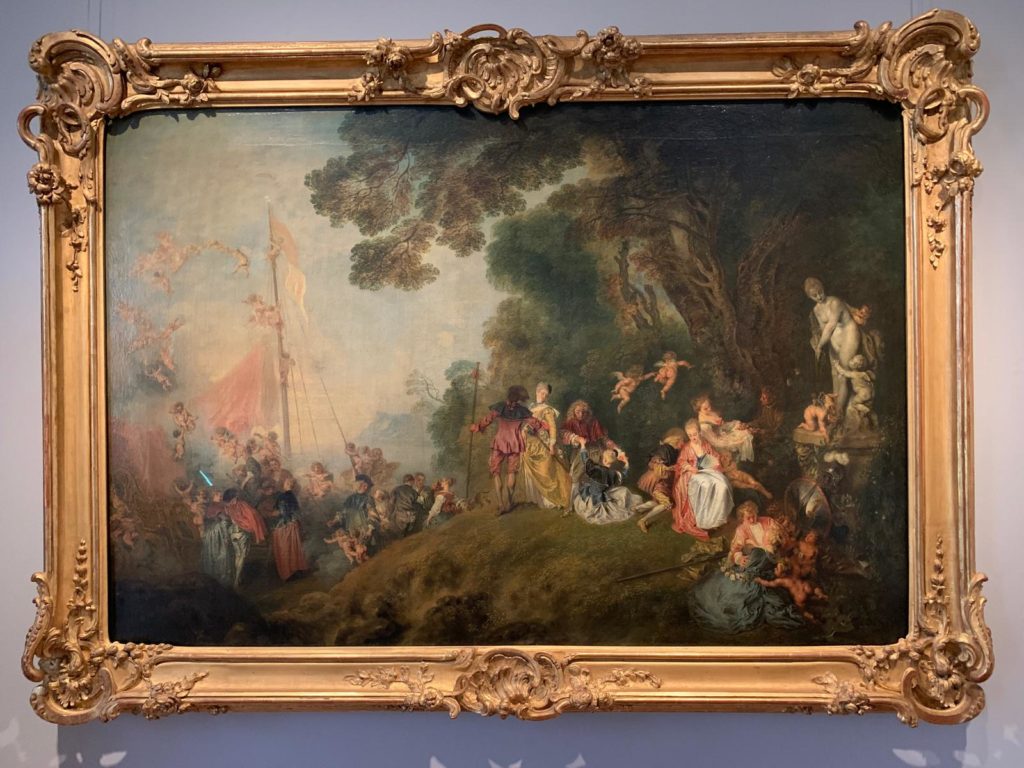
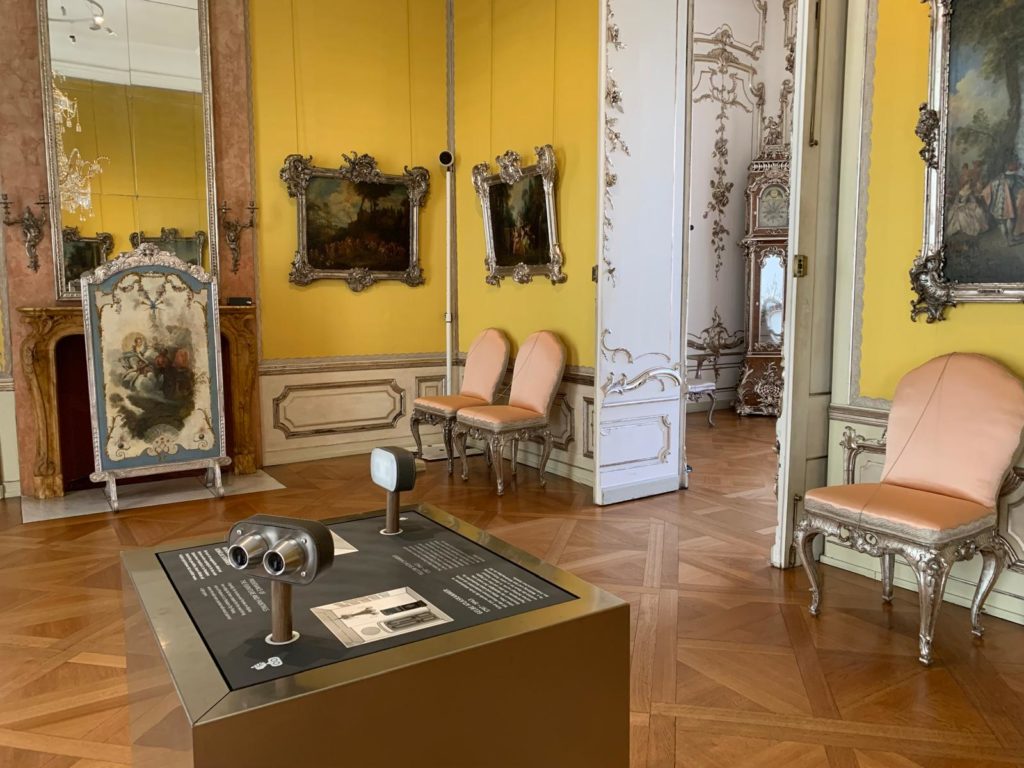
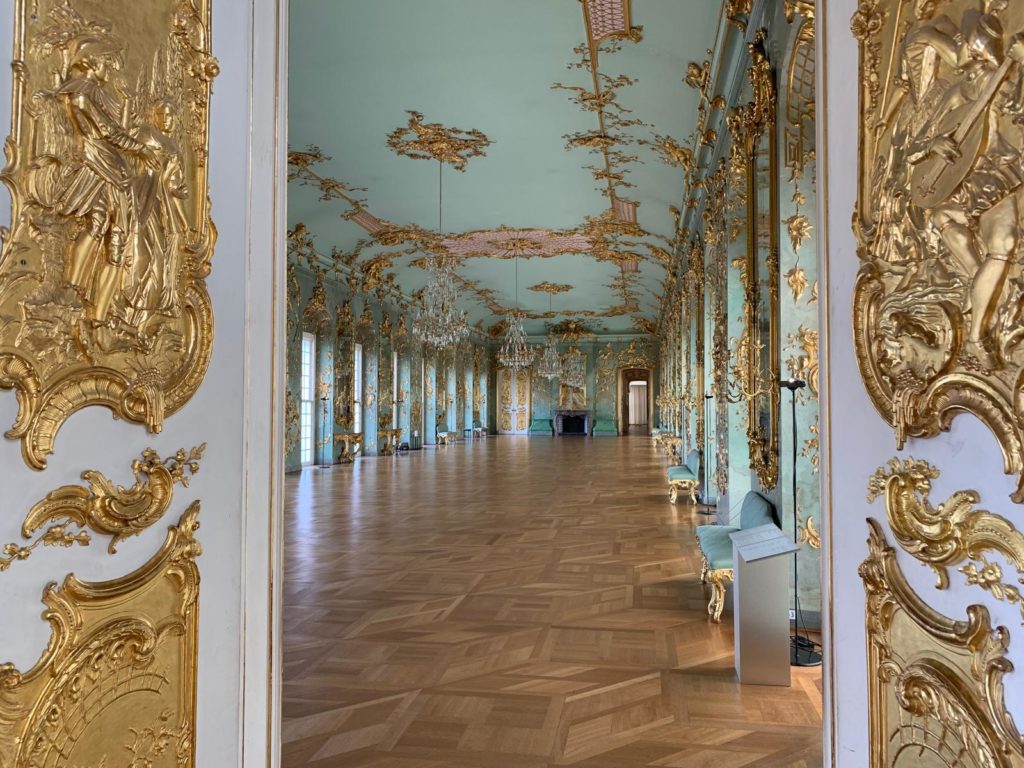
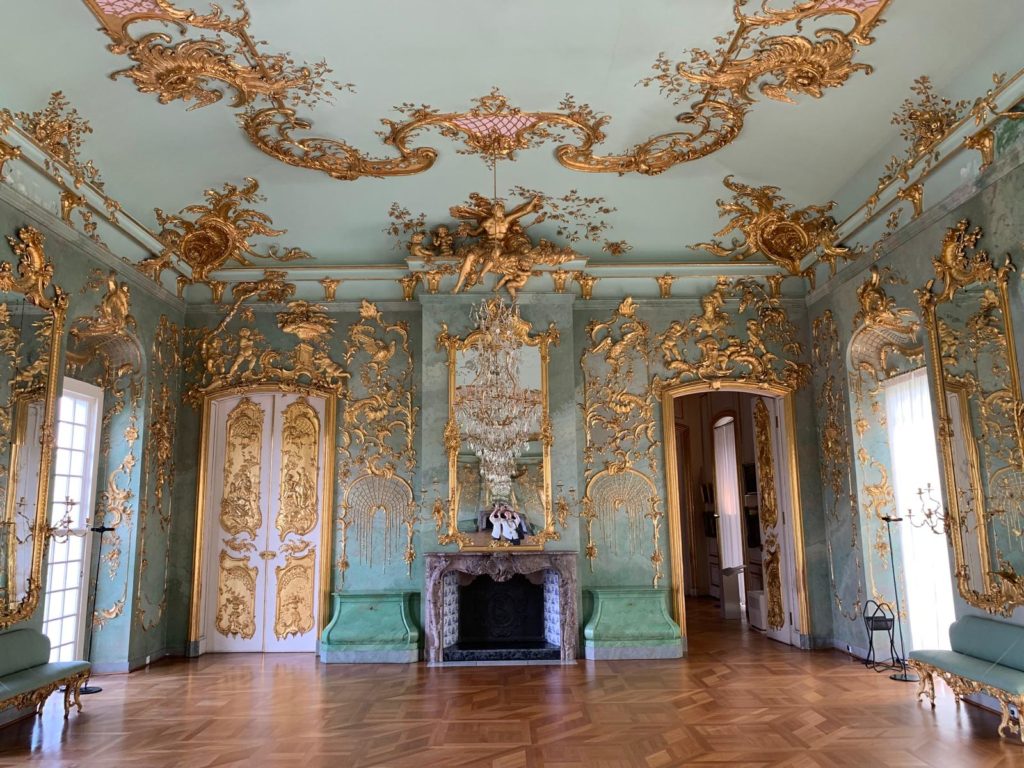
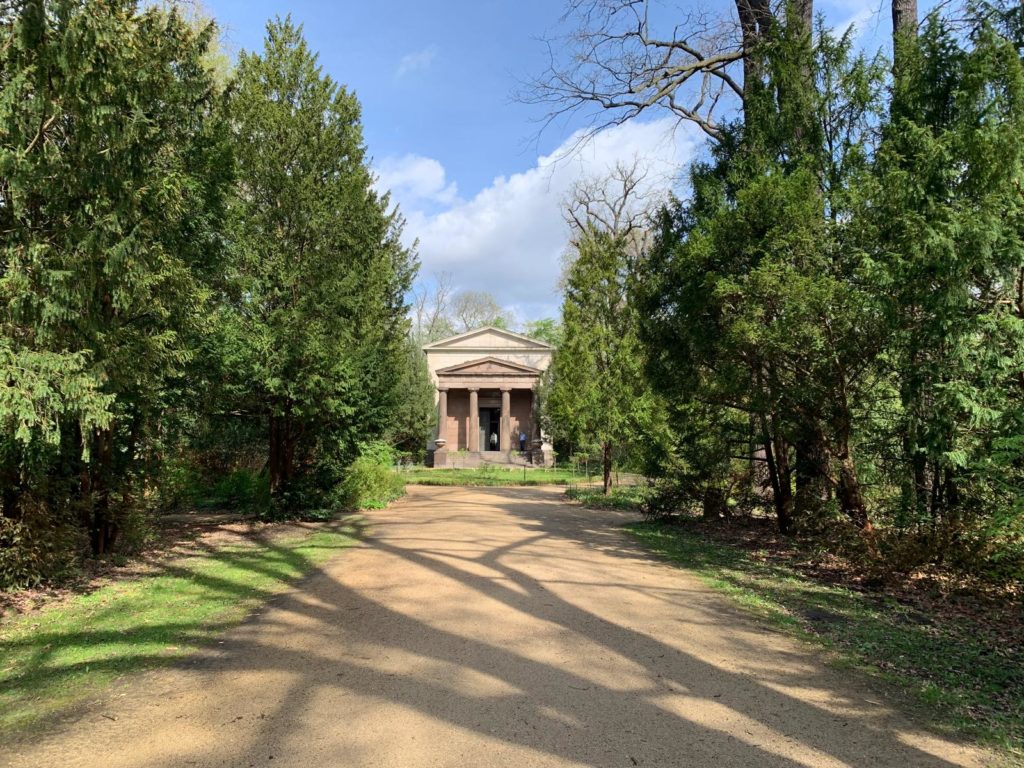
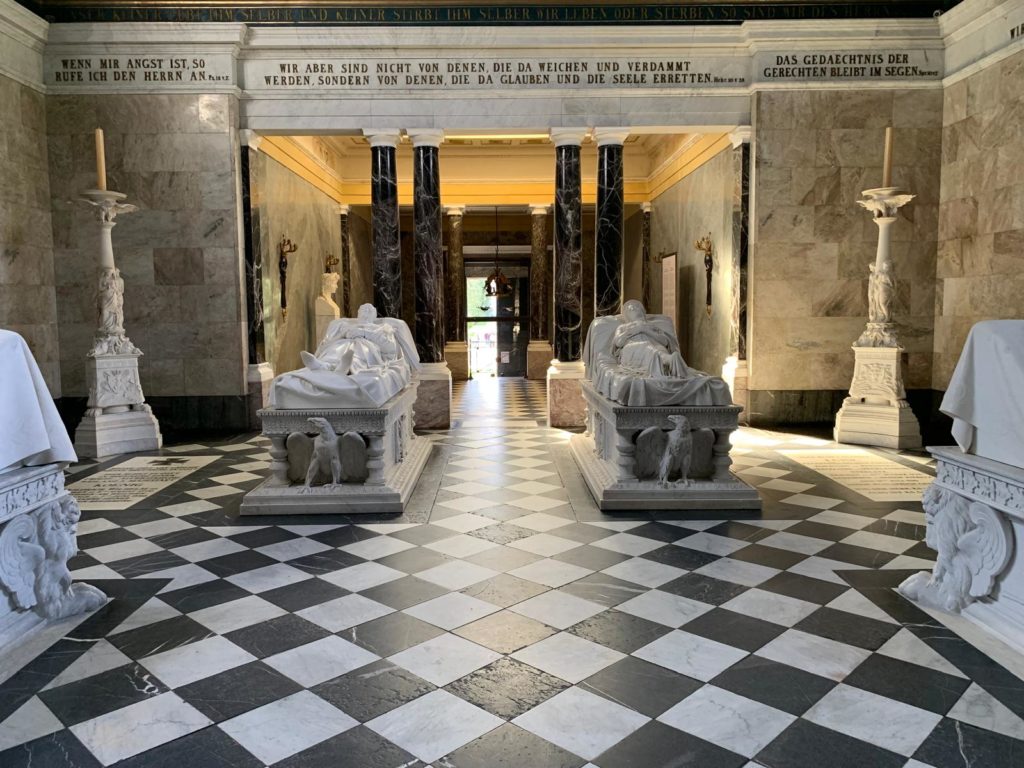
Final Thoughts on Schloss Charlottenburg
Something I mentioned in my long weekend guide to Berlin but haven’t really mentioned here is how a visit to a (Prussian) palace can feel out of touch with reality. Charlottenburg especially was a royal retreat: a place to go for the summer to enjoy oneself. Life wasn’t like that for most Prussian subjects, and isn’t like that for most of us today. There’s also a reality about how powerful families amassed and retained wealth and power. It’s not always immediately apparent when you’re in the place itself, but I picked up a great book in the gift shop I would recommend for anyone who wants to apply a different lens to Prussia’s palaces. It came from this exhibition.
Overall, Schloss Charlottenburg was a nice way to spend half a day, and gave me a different perspective on Prussia. Maybe it’s my history studies, but when I think of Prussia I tend to think of German Unification and Otto von Bismarck. This side of Prussia is much more like typical European nobility of the time. Very much like what I saw in Dresden’s royal residence, for instance. Including how little you can see the scars of WWII destruction and subsequent restoration.
And did the works by Antoine Watteau meet my expectations? Yes, by and large. French 18th century paintings aren’t my favourite genre, but it was nice seeing such excellent examples. And was more evidence of the sort of cultivated, pleasure-filled days spent at Schloss Charlottenburg in days gone by. It helped me to understand further evidence of Berlin’s former Prussian identity as I explored the many-layered city.
Salterton Arts Review’s rating: 3/5
Trending
If you see this after your page is loaded completely, leafletJS files are missing.

